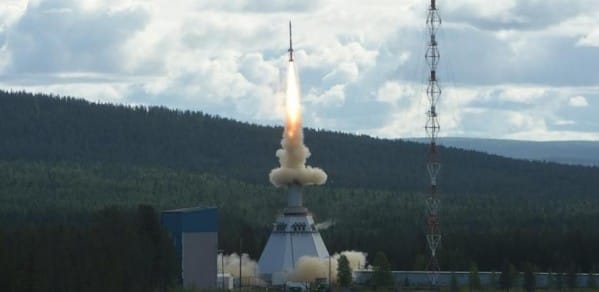
The experiment, which was launched on the MAterials Science Experiment Rocket (MASER) 14 from the European Space Centre in Sweden, aims to test the possibilities of printing graphene inks that can be used in the production of batteries and other electronic components in space.
During the experiments the team, which also includes researchers from the University of Brussels and Pisa, tested inks that had been produced at the Cambridge Graphene Centre.
The Cambridge group has pioneered the use of liquid phase exfoliation, one of the most common means of producing graphene, to prepare inks from graphene and related materials.
The group claims that the latest experiments will improve the understanding of the fundamentals of the printing process on Earth, as well as enable the fabrication of graphene electronic devices during long-term space missions.

Graphene-based composites may also be used to offer radiation protection, a compulsory requirement for human spaceflight, for example during Mars-bound missions.
The latest rocket tests - which exposed the samples to microgravity for six minutes - are an extension of a zero-gravity parabolic flight carried out in May 2018.
“There is no better way to validate graphene’s potential than to send it to the environment it will be used in,” said Carlo lorio, leader of the space activities carried out by the Graphene Flagship, and a researcher at Graphene Flagship partner Université Libre de Bruxelles. “Graphene has unique conductivity properties that scientists are continuing to take advantage of in new processes, devices and in this case, coatings. Experiments like these are fundamental to graphene’s success and integral for building the material’s reputation as the leading material for space applications.”




Glasgow trial explores AR cues for autonomous road safety
They've ploughed into a few vulnerable road users in the past. Making that less likely will make it spectacularly easy to stop the traffic for...